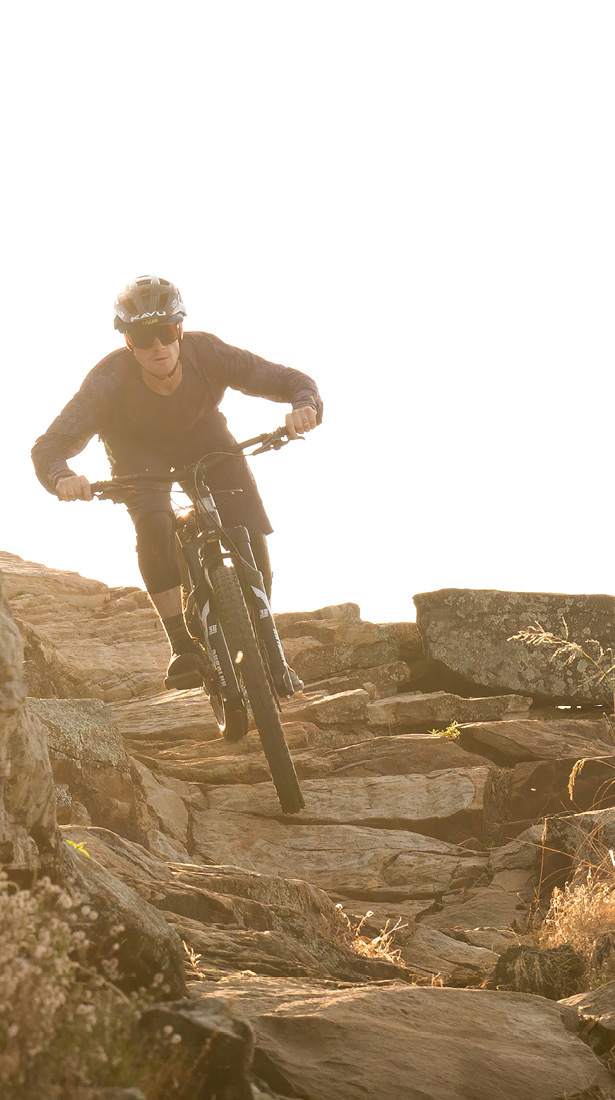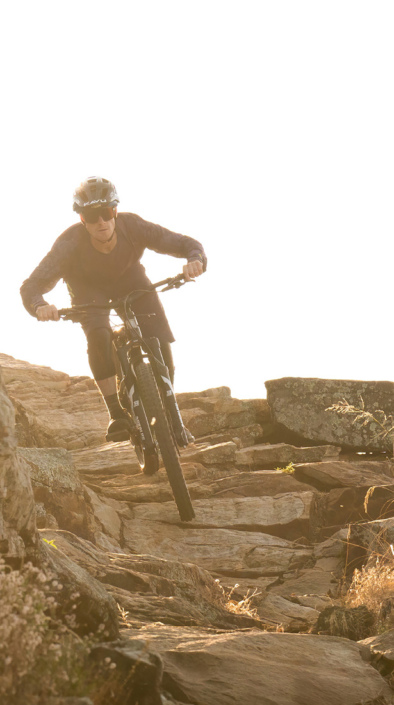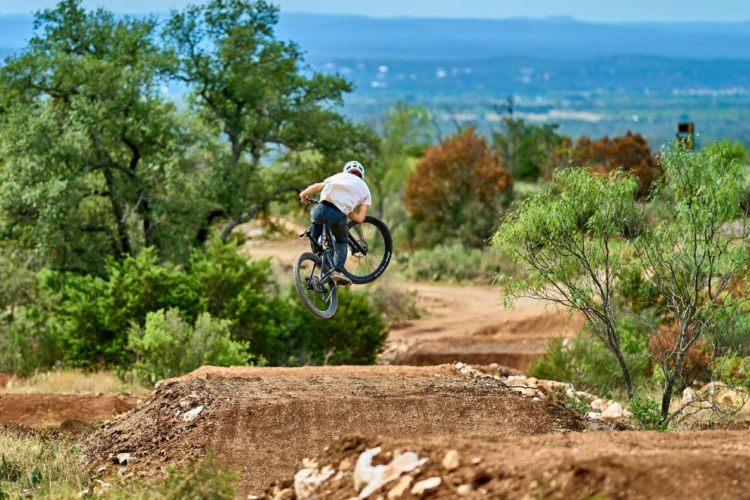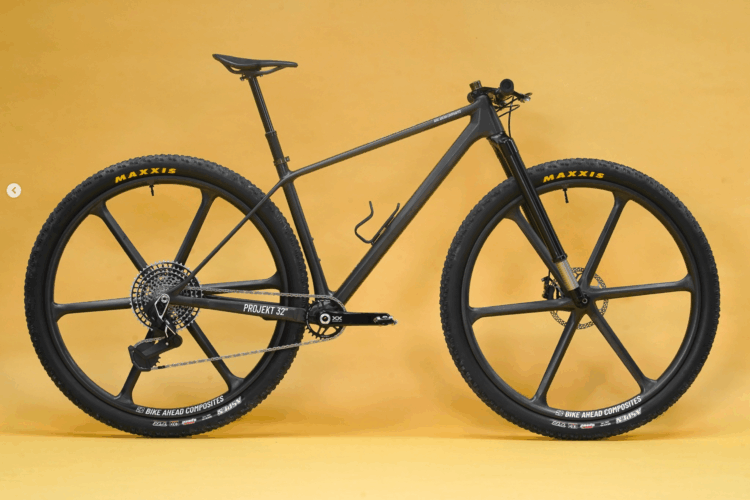Over the years bicycles have seen innumerable changes, and yet some things have changed very little. One thing that has been a constant for a very, very long time is the chain drive. Now, thanks to the Gates Carbon Belt Drive, riders have another option. How does the newcomer compare with ol’ faithful? Read on to find out.
Carbon Belt Drive History and Technology
Gates is a manufacturer of belts and pulleys, and for years they’ve produced components for the automotive and motorcycle industries. A few years ago they used their extensive belt manufacturing knowledge to enter the bicycle industry with their original Carbon Drive system. The original system had a few faults, mainly that it needed to be perfectly aligned and highly tensioned to work correctly. Frames had to be built extremely stiff to maintain the alignment, which led to less than ideal ride characteristics. The extremely high tension requirement also shortened bearing life in hubs and bottom brackets.

This comparison, however, looks at their newer system, dubbed CenterTrack, or CDX. The CDX system has a groove down the center of the belt that fits over ridges machined into the pulleys. It requires much less tension to prevent skipping, and thanks to the groove and ridge it is much more tolerant of misalignment.
The belt itself is made of a rubber outer material with carbon fiber cords inside. Those cords are the key to the belt’s success – they’re extremely strong under tension and will not stretch. They are a bit fragile, however, and a sharp bend/kink in the belt can damage them. The belt will not go through derailleurs like a chain, so it can only be used for singlespeeds and internally-geared hubs. The belt cannot be taken apart like a chain either, so the frame needs to be designed with a split that allows the belt to run through the rear triangle

Since this is a belt drive, it technically uses pulleys or sprockets, not cogs or chainrings, but, they’re often still referred to as cogs and chainrings out of habit. The front pulleys are machined out of aluminum and the rears out of stainless steel. If you geek out over CNC’d parts, these things are beautiful! They’re designed to keep weight to a minimum and allow mud and debris to be pushed out of the way, since it can’t pass through the belt like a chain.
Why Use A Belt?
The claimed advantages of the Gates Belt Drive compared to a traditional chain drive are lower maintenance and less mess (no lube is required), quieter and smoother (no metal to metal contact), lighter weight, and better durability. Gates also claims that the system provides twice the lifespan of a chain-driven system. I wasn’t able to confirm the durability claim due to limited time: it takes thousands of miles to kill a singlespeed chain, cog, or ring, and Gates isn’t able to let me keep the bike for a few years.

On The Trail
Gates sent me a Redline Monobelt so I could try the system out. The Monobelt is a complete bike that comes equipped with the CDX belt system. It has a steel frame with sliding dropouts and a RockShox Reba fork, and the rest of the spec consists of decent mid-range components that just plain work. It retails for $1,600, and after I added a plastic bottle cage and CrankBrothers Eggbeater pedals it weighed 26.82lbs–much lighter than I expected with the heavy stock wheels and tires.
For a trail-ready singlespeed 29er, it’s a great buy: you get a lot of bike for your dollar. I do have two complaints, however: there’s only one bottle mount inside the triangle on the medium-size frame (the other is on the bottom of the down tube, right where it’ll catch crap off the front tire all day), and the stock grips didn’t work for me at all–they were too thin and hard. Those are really my only complaints about the bike. The parts are all solid, the handling is very neutral, even a bit on the slow side, and the steel frame should last forever.

Out of the box, the belt had about the same amount of slack as my own chain drive singlespeed–that is to say, not loose, but not tight, either. I left the rear wheel, and hence the belt tension, exactly where it was for the entire test.
I tried to make it skip. I rode up stairs. I stopped on steep hills and did a trackstand, then continued on up, mashing as hard as I possibly could. I attacked steep hills with lots of speed, pedaling hard and fast. The belt never gave me any issues. No pops, skips, nothing – it just worked. One of the rides was a bit muddy, and I experienced no issues then, either.
The belt is quieter and smoother-feeling than a chain, but it’s only something I noticed when pedaling on the pavement to the trail. A properly-lubed singlespeed chain is already really quiet and smooth – quiet enough that other noises (like the wind in your ears, your own heavy breathing, tires on the dirt, the crunch of leaves, brake hoses banging around, Avid turkey gobble, etc.) easily drown it out. So while the belt is quieter than a chain, it isn’t something that actually makes a difference on the trail.

Downsides
The downsides of the belt drive can be categorized into three groups: reparability, limited parts choices, and cost.
Repairability: Breaking a singlespeed chain in a very rare occurrence. But, if you do, you can fix it: you can simply replace the broken links with new ones. With the belt drive, you cannot make any repairs to the belt. That could result in a long walk back to your car, but like I said, the chances of breaking the belt are pretty slim.
Limited Parts Choices: With a chain, you have a ton of options. The parts are available from lots of manufacturers and can be had in different colors, styles, materials, and sizes. With the belt system, Gates is the only manufacturer producing the parts, and there aren’t a ton of size options. As an example, Surly rear cogs are available from 13T-22T in one-tooth increments – that’s ten different sizes. The Gates rear CDX sprockets are only available in six sizes, from 20T-30T in two-tooth increments. This limited sizing makes it difficult to fine tune your gear ratio. With a chain you can change your gearing easily by swapping the rear cog, but with the Gates system you may need both a front and rear sprocket to get the ratio you need, and possibly a new belt too, since you can’t change the belt length.

Cost: the Gates components are more expensive–two to three times more expensive. A complete singlespeed chain drivetrain can be replaced for about $80. Replacing the belt drivetrain will cost about $200-$280. You can buy an entire chain drive for less than the cost of just a CDX rear sprocket.
All three categories of downsides can really conspire against you if you want to change the gear ratio. For example, when I take my SS to the mountains I swap the rear cog to get an easier gear. The extra cog only costs $30 compared to $80-$100 for a CDX rear sprocket, and if the chain is too short or too long with the new ratio, I can adjust its length for free. But with a belt, you can’t adjust the belt length, so you might have to buy a new belt too ($60-$80). Finally, due to the limited number of parts manufacturers and shops that stock belt drive parts, parts availability for gearing swaps can be very limited.

Final Verdict:
The belt works flawlessly, but isn’t for everyone. For an urban/city bike, where you might ride in dress pants, I think it’s perfect since it won’t get oil on your pants, is maintenance-free, and you won’t be changing the gear ratio. It won’t rust/corrode in salty environments like a chain, either.
For regular mountain bike use, I think it depends on the rider. If you want to change your gearing on occasion, or want to color coordinate the parts with the rest of your bike, or want the best bang for your buck, the good ol’ chain is still the best option. But if you don’t need to change the gearing, want something a little different, and don’t mind the increased cost to get the newest technology, the belt is a viable option. It works great, saves some weight, and has a very unique look.
And the look alone is enough to make some riders lust over it.
Many thanks to Gates Carbon Drive and Redline for providing the belt-equipped Monobelt for review!





















1 Comments
Nov 24, 2013
When I was working on the Pristine Powder Coating article last year, I got to meet the guy who did the machine work on the prototype CDX sprockets and pulleys, which was pretty neat.
One place I do see these being super useful is on fat bikes ridden exclusively in the snow. The belt system is resistant to icing up, won't get grease on your snow pants, and it would never be subject to rock damage as mentioned by Mark.